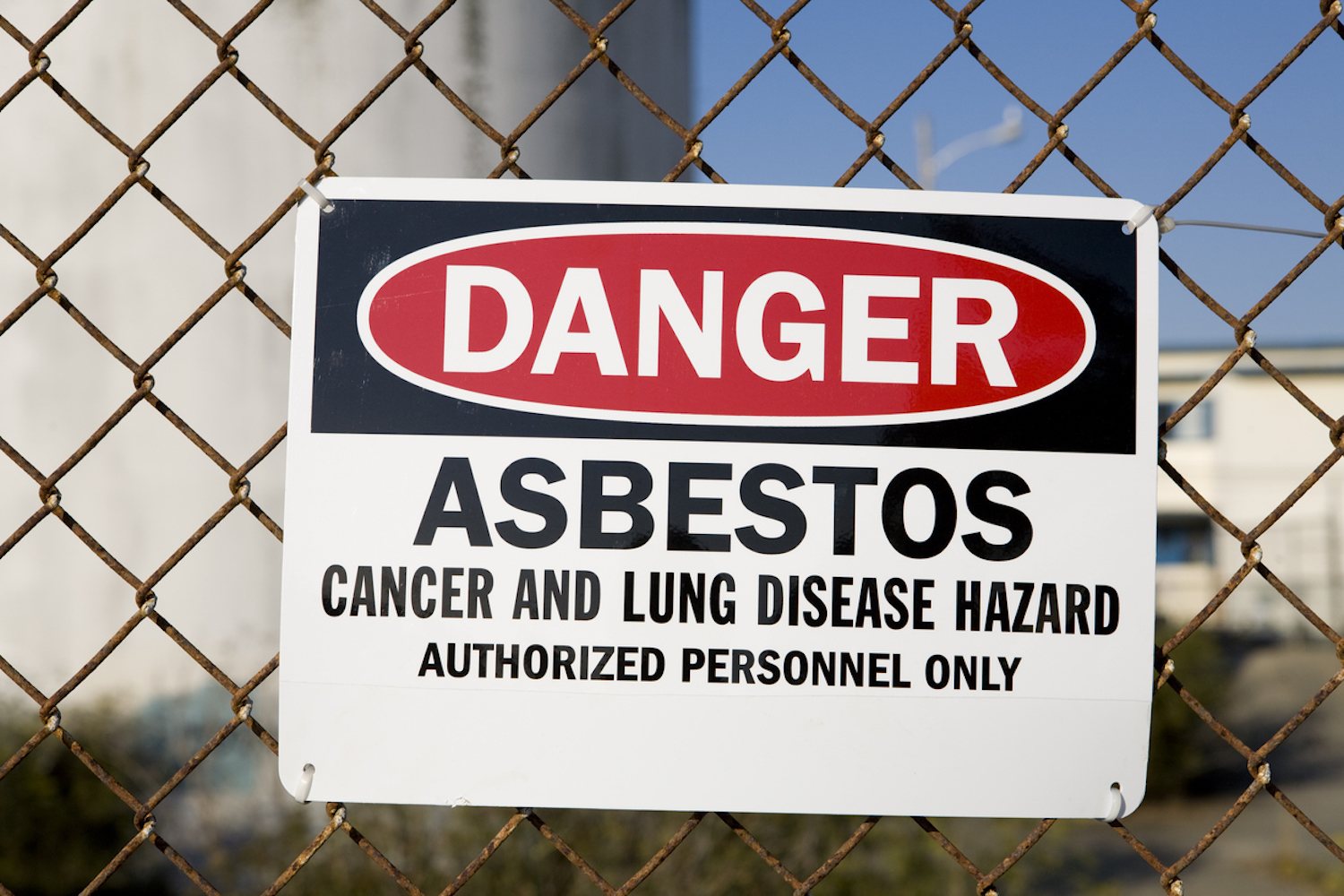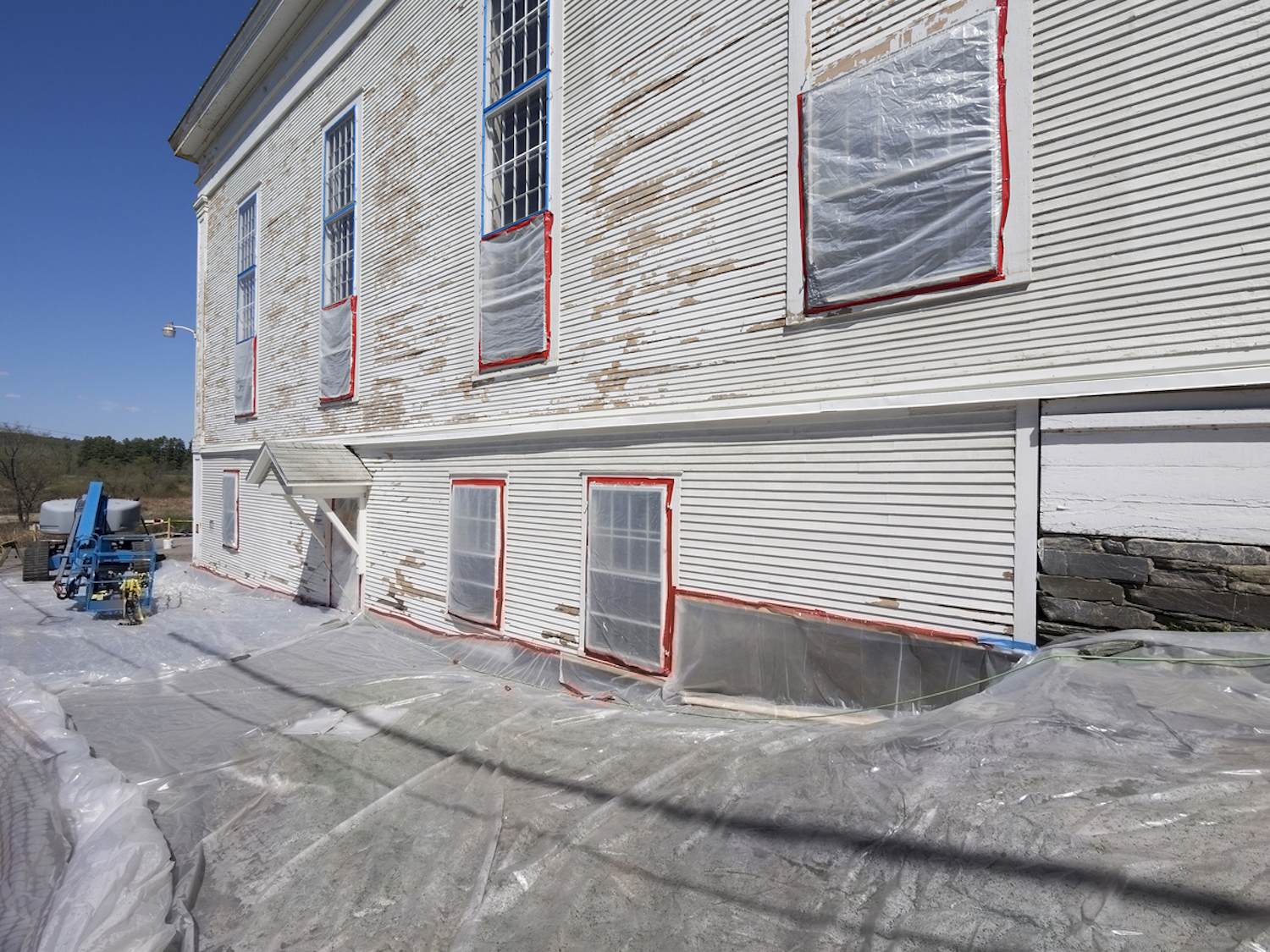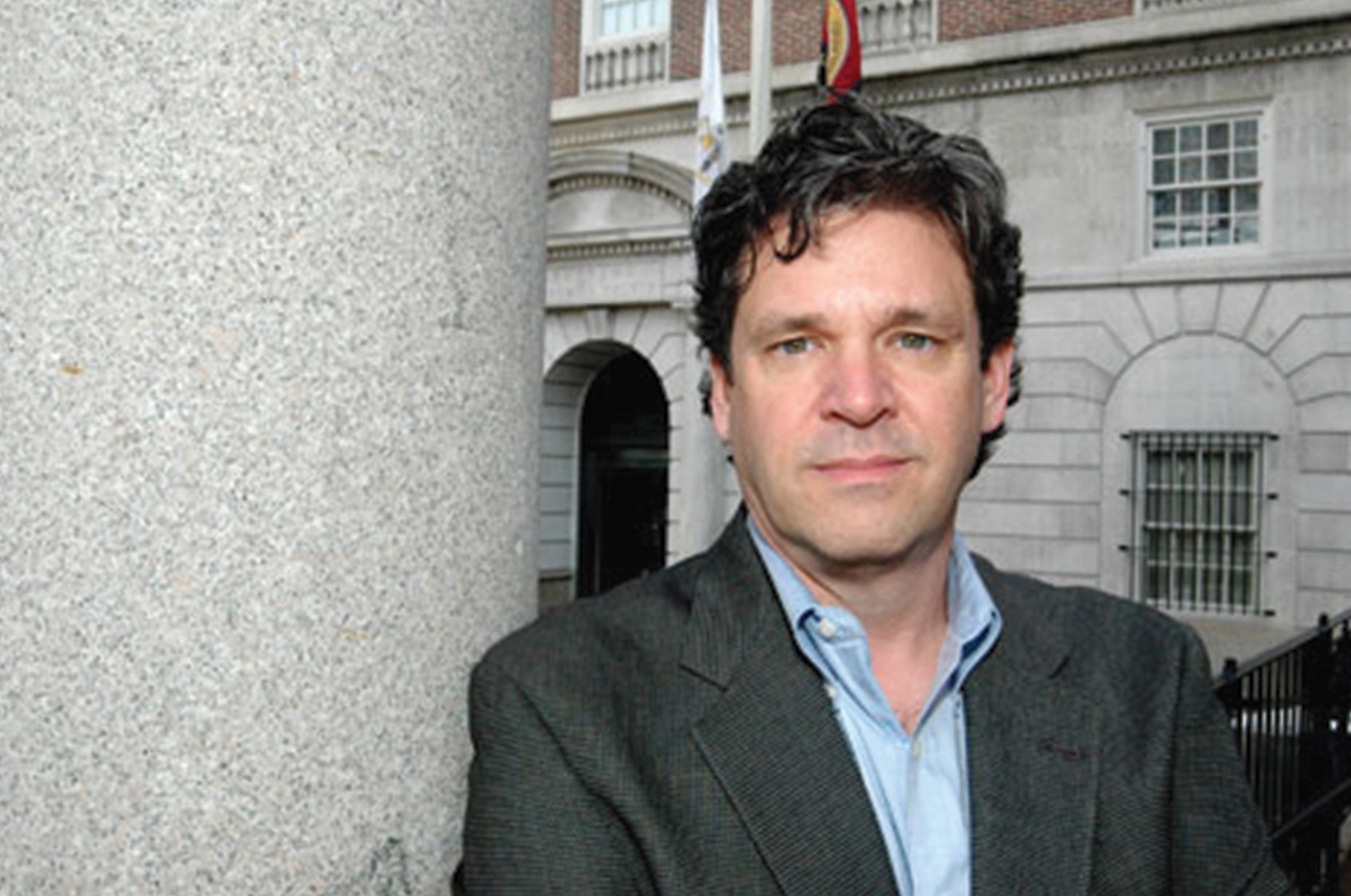Americans are litigious people. The whole world knows it. And every year, the businessmen highlight the damage done by low legal standards and toothless punishments for lawsuit abuse that allow frivolous cases or dodgy legal theories to get in front of juries. (See sidebar.)
The abuse and overuse of our courts leaves the public paying a hidden lawyer tax through higher prices and fewer choices. Even a dubious slip-and-fall lawsuit can derail a small business because simply paying for a lawyer can take all the money that a mom-and-pop store has. They might have to shutter the store, or raise their prices and drive down wages. And such dubious claims are not rare.
Frivolous shareholder lawsuits are also strategically filed to block big business deals. Their goal is to extort settlements from the companies involved. Whether they fight or settle, it makes them less profitable, reduces shareholder value and increases costs all the way down to the consumer.
In medical malpractice suits, at least in those states where payouts aren’t limited, trial lawyers often talk juries into unjustifiably large judgments that raise the cost even of every doctor’s malpractice insurance, to say nothing of the cost of healthcare more broadly.
In drug liability cases, trial lawyers have even tried to sue brand-name manufacturers on behalf of patients who are harmed by generic knock-offs of their drugs. It’s crazy, but it’s because big brands have deep pockets and the generics are forbidden to control what goes on the drugs’ labeling without FDA approval.
The same sort of defendant-shopping occurs when negligent, uninsured drivers cause auto crashes. It often isn’t lucrative to sue them, so some trial lawyers have instead tried to persuade juries of ad hoc allegations that the deep-pocketed manufacturer made an “uncrashworthy” vehicle that caused a client’s injury. Never mind that the driver was drunk.
Everyone wants a civil court system in which those genuinely harmed can seek fair compensation from those who caused them harm. But opportunistic lawsuits targeting the deepest pockets threaten to cannibalize the national economy and sap the vitality of its industry.
The system of contingency litigation — this is the common arrangement in which lawyers take cases with no up-front fees but instead take a cut of the judgment or settlement — creates perverse incentives. In some ways, it has turned the practice of law on its head. We think of lawyers as considering a client’s problem and then going after the person who harmed him. But the financial incentive yields a different approach: First, identify businesses that have deep pockets to target; second, derive a theory of how those companies might have hurt someone or caused them to lose money; third, advertise for clients who might fit the profile — you’ve probably seen the ads on local television or even on Google. This fishing expedition ideally discovers someone who can serve as a representative for a large class-action case.

In the case of the Thornton Law Firm, which handles many asbestos cases, their donations to Sen. Chuck Schumer of New York paid off handsomely. Schumer in committee killed the FACT Act, which would have created a public database for cases involving asbestos claims. (AP Photo)
This is not how the law works in many other countries, which is why America has its international reputation of being uniquely litigious. That makes the U.S. a riskier place to do business or practice a profession than it should be.
Worse, the trial lawyers’ lobby is very powerful and has immense resources at its disposal to resist legislative reforms and install friendly judges. The dollars that make up its political lifeblood roll in from precisely the sort of abusive litigation that is already harming innovation and making it harder for businesses that employ millions of people, especially in manufacturing jobs.
The recent scandal at Boston’s Thornton Law Firm, where partners funneled millions to Democratic politicians and were reimbursed with bonuses, is remarkable because it may have been illegal. It is also noteworthy because of how it’s perfectly ordinary: millions of dollars in donations to Democrats is the norm at every major plaintiffs’ firm.
In early 2011, the Washington Examiner studied federal political donations from the nation’s top 110 plaintiffs’ law firms in the federal midterm election that had just taken place. During 2009 and 2010, partners and employees at these firms contributed $7.3 million, 97 percent to Democrats, with another 1.5 percent going to independent Senate candidate (and trial lawyer) Charlie Crist, who is now a Democratic congressman-elect. This does not count any money given to state level politicians, who can be even more important to matters of civil law and donations to whom, in some states, can be unlimited.
In the 2014 midterms, the trial lawyers also tried to buy a Democratic Senate. In each of the eight most competitive Senate races, trial lawyers donated more money that people working in any other industry.
This money is given to Democrats in hope that they’ll adopt policies that make it even easier to sue and to block laws that create consequences for frivolous or abusive litigation.
In the case of the Thornton Law Firm, which handles many asbestos cases, their donations to Sen. Chuck Schumer of New York paid off handsomely. Schumer in committee killed a bill (the FACT Act) that would have created a public database for cases involving asbestos claims. The bill, which had passed the House, threatened to expose and end what might be widespread fraud by asbestos trial lawyers.
This complex fraud, the extent of which remains unknown thanks to Schumer, involves hiding evidence that plaintiffs were exposed to asbestos by companies that already declared bankruptcy because of asbestos liability, while pursuing claims against solvent companies in court. The practice was discovered in a rare bankruptcy case (in re: Garlock) where a federal judge let the defendant company’s lawyers look at the claimants’ other filings against other asbestos bankruptcy trusts. It turned out that, contrary to their representations to the court, they had on average filed asbestos claims against 19 other bankrupt companies without disclosing it. Depending on how widespread this practice is, it’s possible that many solvent companies have paid hugely inflated settlements without knowing that someone else was actually responsible for the plaintiff’s health problem.
This is the sort of rampant dishonesty that some lawyers will engage in when their payout is based on how much money they win for their clients.

Complex fraud, the extent of which remains unknown thanks to Schumer, involves hiding evidence that plaintiffs were exposed to asbestos by companies that already declared bankruptcy because of asbestos liability, while pursuing claims against solvent companies in court. (AP Photo)
Trial lawyers donate to Democrats in hope also of securing judgeships for colleagues who are more likely to let dubious cases go before juries, or even to secure judgeships for themselves.
Jack McConnell, a trial lawyer who made a fortune from the late-1990s tobacco settlement, had contributed $700,000 to state and federal Democratic candidates and committees by the time President Obama appointed him to the federal district bench in 2010. McConnell, who might be the most prolific political donor ever elevated to the federal bench, was narrowly confirmed by the Senate despite an unusually negative review he received from the American Bar Association. It obviously helped him that he’d given money to so many of the Senate Democrats who voted to confirm him.
Before he reached the bench, McConnell was an important figure in the modern history of the plaintiffs’ bar, a pioneer rather than a man content to make a living in safe, familiar territory.
Not only had he been involved in the $206 billion tobacco settlement, which rained billions of dollars on several trial lawyers’ firms, but he had more recently chased today’s great white whale of contingency litigation all the way to Rhode Island’s supreme court: The use of “public nuisance” law in cases it was not designed to cover.
By now, the abuse of public nuisance law has been contained in much of the U.S. But it’s still a serious threat in California, the nation’s most populous state, and has even prevailed in one major case, pending appeal. If the plaintiffs ultimately win, the precedent could severely discourage innovation and manufacturing, making it as easy as possible for lawyers to trace all wrongs back to some company with deep pockets.
Lead paint
The lead paint case that McConnell brought on behalf of the state of Rhode Island in 1999 lasted nearly a decade.
Lead paint is safe when it’s on your wall, but it is a toxic hazard when it chips off and is ingested, usually by children. This is why lead paint was banned for sale in 1978, and in the case of interior residential paints, withdrawn voluntarily by the industry decades before that.
But it remains a problem in older tenements where landlords skimp on maintenance. Tenant lawsuits over lead paint are not uncommon, with landlords usually settling out of court.
McConnell’s old firm sues negligent landlords to this day, but there’s only so much money to be made going after them. His insight was to apply a completely different legal theory to the problem that would efficiently create a nine-figure payday for his firm.

Lead paint is safe when it’s on your wall, but it is a toxic hazard when it chips off and is ingested, usually by children. This is why lead paint was banned for sale in 1978, and in the case of interior residential paints, withdrawn voluntarily by the industry decades before that. (AP Photo)
He would argue that the real villains were not landlords, but the paint manufacturers. It made no difference that these companies had not applied their product to walls or allowed it to deteriorate, nor even that no one knows to this day exactly whose brand of paint had been used in which building. In fact, under the theory he would use, that the paint industry had collectively created a public nuisance by selling lead paint, he wouldn’t even have to find specific clients who had been diagnosed with lead-poisoning.
Before exploring what this means for the law, first understand what it meant for McConnell. It would allow him to sue the deepest pockets available (the entire paint industry). And with the assent of Rhode Island’s attorney general (now Democratic Sen. Sheldon Whitehouse), he was able to sue on behalf of literally everyone in the state, whether or not lead paint had actually harmed them. It was a multibillion dollar case, and he stood to take home one-sixth of the state’s winnings.
But it was a dodgy legal innovation. Historically, public nuisance law applies when one person’s activity interferes with everyone’s enjoyment of a public right. For example, someone floods a public road by building a dam on his property; a company’s smokestack engulfs a town in smoke; someone spreads disease by leaving bodies unburied. That’s public nuisance law.
Public nuisance applies to activities, not to the design of commercial products.
This is why, even though McConnell managed to persuade a jury at the trial level and even intimidated one paint company (DuPont) into settling out of court, the other defendants beat him on appeal. A unanimous Rhode Island Supreme Court issued an 81-page decision arguing that the success of McConnell’s case “would be antithetical to the common law and would lead to a widespread expansion of public nuisance law that never was intended.” Landlords, the justices added, “who are in control of the lead pigment at the time it becomes hazardous, are responsible for maintaining their premises and ensuring that the premises are lead-safe.”
Sanity prevailed in Rhode Island, and similar paint lawsuits (many of them litigated by McConnell’s firm) also failed in Ohio, Missouri, New Jersey, Illinois and New York.
But that hasn’t ended the chase for that pot of gold at the end of the rainbow, and the dollar amounts at stake make it easy to see why.
There is still one active lead paint case, brought on behalf of 10 municipalities in California, who are being represented by McConnell’s old firm. Nearly three years ago, a trial judge issued a $1.15 billion judgment against the paint manufacturers, and the case is still being appealed.
California courts have already turned back some efforts to expand public nuisance laws. In one case, two of the state’s counties sued prescription drugmakers for the opioid epidemic. But if the paint judgment is ultimately upheld, there will be many more such cases and California could well become the site of a new gold rush.
Gunmakers

Jack McConnell, a trial lawyer who made a fortune from the late-1990s tobacco settlement, had contributed $700,000 to state and federal Democratic candidates and committees by the time President Obama appointed him to the federal district bench in 2010. (Bloomberg Photo)
Even if he brought the innovation to lead paint, McConnell was not actually the first to take his creative interpretation of public nuisance law out for a spin. In 1998, the City of Chicago became the first of many liberal-leaning jurisdictions to sue gun manufacturers using a similar argument.
Gun rights advocates decried such cases as attempts to sue manufacturers out of existence.
The Chicago lawsuit was ultimately dismissed in 2000. But subsequent repeat attempts (including in New York), and the threat of more such costly suits as a form of lawfare (legal warfare) against the Second Amendment prompted Congress to pass the Protection of Lawful Commerce in Arms Act of 2005. This is the same bill that Hillary Clinton vilified during the Democratic presidential primary debates, attacking Sen. Bernie Sanders for his vote in favor.
This gun law does not, as Clinton claimed, “wholly protect” gunmakers and dealers from lawsuits. They can still be sued for negligent sales or if their products are defective. But it does recognize the principle that it is not their fault when someone else uses their product to kill or injure others. Gun manufacturers and retailers are liable only for their own misconduct and negligence, not for that of others.
Legal liability is a risk for every business, as it should be. When companies hurt people, the courts are there to make things right. Companies that make products that unexpectedly explode or cause cancer or otherwise hurt their customers, or that knowingly conceal serious or unreasonable dangers, or that dump toxic chemicals into the environment, can be and are routinely held liable in the courts.
But there is also a presumption, in many cases explicitly backed up through legislation or legal principles such as regulatory preemption, that no one will face billions in liability merely for the good faith manufacture, sale or marketing of popular products that are lawful and function as intended. Otherwise, how could anyone make or sell something both as dangerous, poisonous and absolutely necessary as gasoline?
Unfortunately, in today’s legal environment, this presumption is at risk for a lot of manufacturers who don’t have their own special law to protect them. If contingency-fee lawyers can vindicate dodgy theories by simply shopping them to the most sympathetic jurisdictions, then business will be at the mercy of whatever judiciary and whatever legislative framework the trial lawyers’ money can buy.
This has consequences that reach far beyond the world’s Sherwin Williamses, Sturm Rugers and Monsantos. The election of Donald Trump has elevated the national conversation about manufacturing job loss and its consequences for society. The discussion of abusive lawsuits and creative legal theories is a very much related one.
In 2003, a panel of four judges in New York ruled against a public nuisance lawsuit that then-Attorney General Elliot Spitzer had brought against (of course) gun manufacturers. Judge George Marlow wrote that the success of any such case would “open the courthouse doors to a flood of limitless, similar theories of public nuisance, not only against these defendants, but also against a wide and varied array of other commercial and manufacturing enterprises and activities. … All a creative mind would need to do is construct a scenario describing a known or perceived harm of a sort that can somehow be said to relate back to the way a company or an industry makes, markets and/or sells its non-defective, lawful product or service …”
Remedies

With the assent of Rhode Island’s attorney general (now Democratic Sen. Sheldon Whitehouse), McConnell was able to sue on behalf of literally everyone in the state, whether or not lead paint had actually harmed them. (AP Photo)
There are many reasons manufacturing employment has ebbed in America. The hidden lawyer tax has never been as significant as automation, free trade, labor union intransigence or radical environmentalism. But it’s still a problem, and all it takes is one bad court decision to make it a much bigger one.
The good news is that the chances for legislative remedies to curtail the worst abuses have never been more promising.
Trial lawyers’ political influence is at a historic low after the 2016 election. Not only do they have fewer friends in the nation’s 101 legislative bodies, but certain decisions by the U.S. Supreme Court, which is averse to the proliferation of lawsuits, are now much more likely to be upheld. This includes, for example, two key rulings (Twombly and Iqbal) that have upheld the principle that plaintiffs in federal lawsuits must allege facts that are “plausible,” not merely possible or imaginable, in order to have them heard. Another (Walmart v. Dukes) raised the bar for trial lawyers who file massive class-action lawsuits in hope of big paydays.
Some state legislatures have also taken up the task of reforming medical malpractice awards, limiting the practice of hiring trial lawyers on a contingency-fee basis to represent their states (as in the Rhode Island lead paint case), and retaining traditional restrictions on lawsuits brought by trespassers against property owners. Other states are now prepared or likely to adopt similar measures.
Meanwhile, a number of high-profile scandals have shone a light on several abusive practices within the industry. This includes the fraudulent asbestos claims scandal, the Thornton firm’s political donations, and the conviction of longtime New York Assembly Speaker Sheldon Silver for unethical behavior involving a secret income stream from trial lawyers, among many others.
These opportunities should not be wasted. Congress and state legislatures can act to end the worst get-rich-quick abuses by trial lawyers, and to preserve the civil court system for its intended purpose of forcing those who have done harm to compensate their victims.

